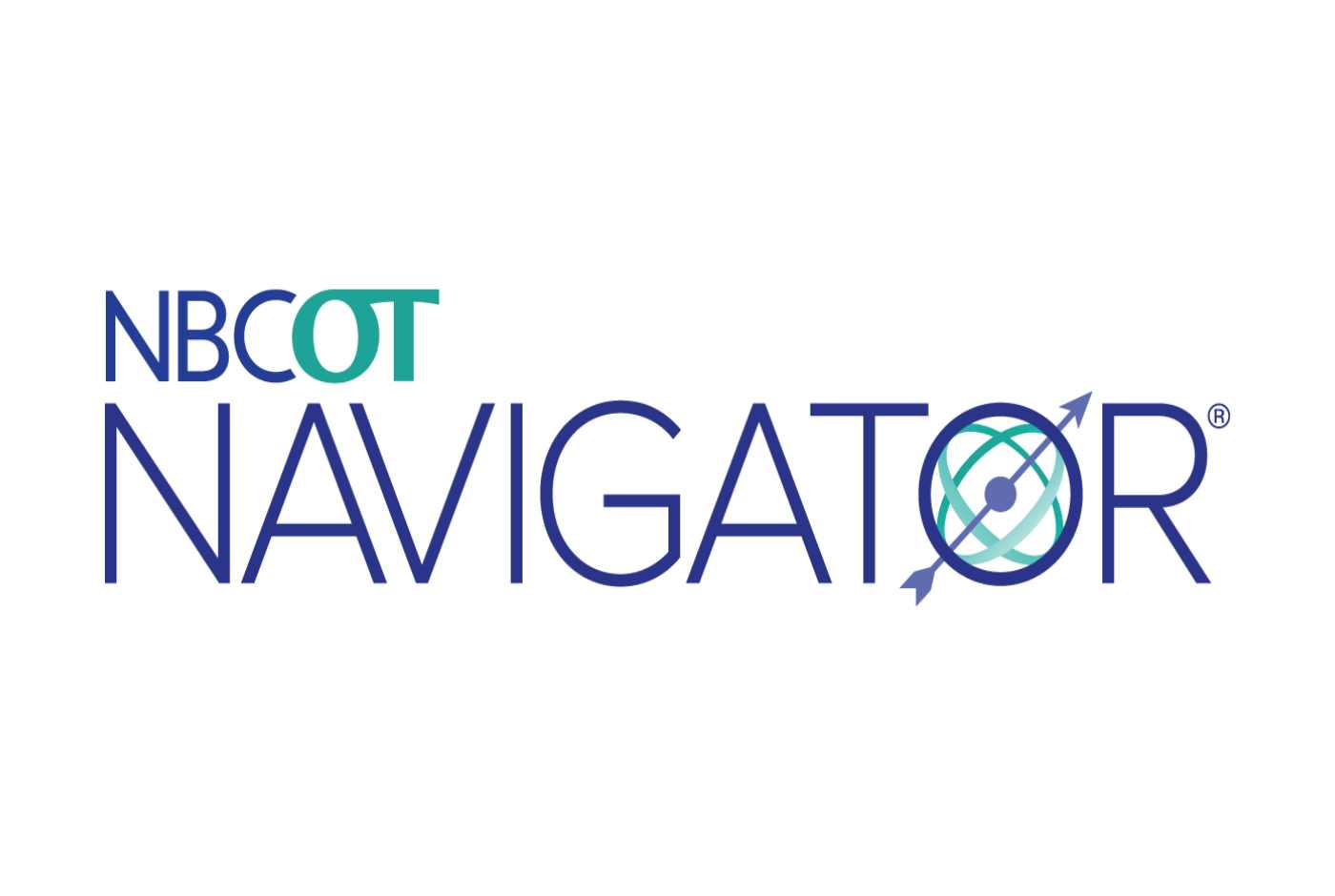
Exciting Updates to the NBCOT Navigator®
We have lots of exciting news to share about the Navigator, our competency assessment platform that is free to all OTRs and COTAs.
Maximum Cap on Navigator Removed
The board of directors recently approved an increase in the maximum number of units an OTR or COTA can utilize for certification renewal through completion of Navigator tools. You can now earn up to 36 units each renewal cycle from completing tools on the Navigator. The Navigator is free of charge and available to use 24/7. It provides a safe environment for certificants to assess knowledge of key areas of OT practice. We are always adding new tools for certificants to assess their knowledge and earn units toward their certification renewal.
Ethics Case Simulation Deemed Critical for Professional Development
Last year, NBCOT released the Ethics Case Simulation for OTRs, and in January 2022, we will launch a COTA version. This case simulation provides real-life scenarios where you balance the ever-increasing demands for productivity while adhering to high standards of personal and professional conduct.
Due to the criticality and importance of this topic, the Ethics Case Simulation will now have a unit value of 1.25, an increase from 0.5. This case simulation will also be listed as a separate and distinct activity on the Certification Renewal Activities Chart. If you have previously utilized this tool, your unit value will be automatically increased retroactively in your MyNBCOT Renewal Log.
A New Product Is Coming to the Navigator in January
We are excited to announce that in early 2022, a new tool will be available for OTRs and COTAs to validate their knowledge and earn units toward renewal. Learn more about our new practice assessments.
Six New Tools Coming to the Navigator in January
OTR Case Simulations
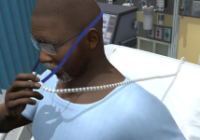
Public Health Crisis — In this case simulation, a SARS pandemic is sweeping the nation. Health care systems are overwhelmed by the surge. Patients are isolated from their families. Health care professionals struggle to reconcile their commitment to client-centered care, compliance with public health policies, and protecting themselves and their own families. As an OTR, you provide interventions to patients during this challenging time, pivoting care to adapt to constantly changing demands.
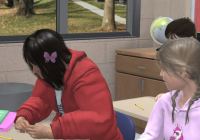
Middle School Autism — In this case simulation, a middle school student with an autism spectrum disorder and her family have recently moved to a new region. The student has enrolled in the school system and was evaluated by the IEP team during the summer session. The school system OTR, in collaboration with the IEP team, identifies supports and interventions to help the student acclimate to the school environment. Transition planning is initiated to prepare the student for future success in high school.

Low Vision — In this case simulation, an OTR has started working at a new community senior independent living facility. Many of the residents have low vision issues. The OTR must complete evaluations, design intervention plans, and make environmental modification recommendations for both individual residences and common areas in the facility.
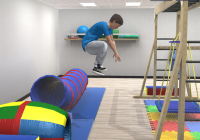
Pediatric Mental Health — In this case simulation, a child who is in foster care is referred to outpatient OT services. The child is experiencing emotional and behavioral dysregulation secondary to ODD and ADHD diagnoses. The OTR works with the child and parent to provide interventions that focus on behavioral and emotional regulation and strategies to increase the child’s success at home, at school, and in community settings.
COTA Case Simulations
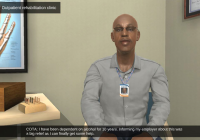
Ethics — In this case simulation, the supervising OTR shares resources to assist the COTA and OTR staff to navigate ethical dilemmas in the workplace. Real-world examples of ethical violations are presented: falsifying documentation, working without a license, billing fraud, and substance use. It is suggested that you have a copy of the NBCOT Code of Conduct available to review as you work through this case simulation.
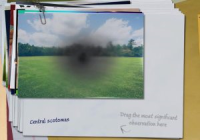
Low Vision — In this case simulation, a COTA has started working at a new community senior independent living facility. Many of the residents have low vision issues. The COTA collaborates with the OTR by contributing to the occupational profiles, supporting the development of intervention plans, and recommending environmental modifications for both individual residences and common areas in the facility.
Access this free resource today through your MyNBCOT account.